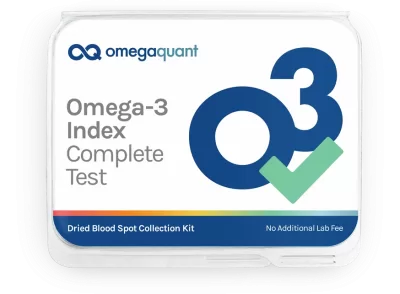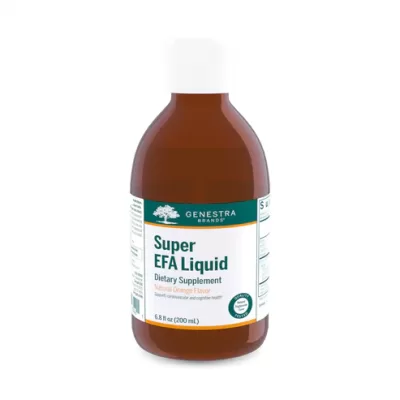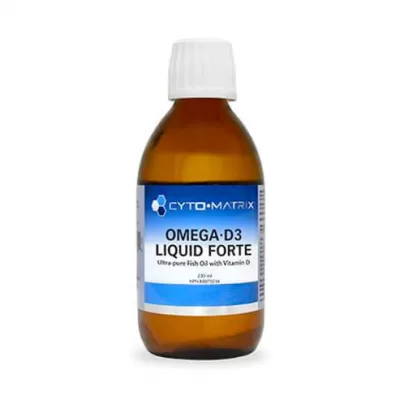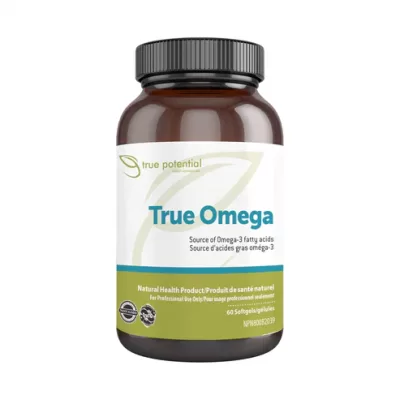Moisturizing from the inside out
Many people struggle with dry skin, nails and hair this time of year. The cold air outside plus the dry heat of our furnaces can cause us to feel pretty parched, no matter how much water or fluids we drink.
One of the best strategies to stay moisturized is to ensure we are getting enough healthy oils in our diets, since the outer layers of our cells are made up of fatty acids that help hold water in the cells and prevent the cells from going from a “grape” to a “raisin”.
Omega-3 fatty acids are a type of essential fatty acid that our bodies cannot produce on their own, so they must be obtained through our diet.
Omega-3s have many health benefits, including:
- Reducing inflammation – This is the cause of many chronic health issues.
- Supporting brain health – They have been shown to improve cognitive function and may help reduce the risk of cognitive decline and Alzheimer’s disease.
- Supporting heart health – They can help reduce the risk of heart disease by lowering triglyceride levels, reducing blood pressure, and preventing the formation of blood clots.
- Supporting eye health – They may help reduce the risk of age-related macular degeneration, a common cause of blindness.
- Supporting skin Health – They support healthy skin by:
-
- Reducing inflammation: Omega-3s have anti-inflammatory properties, which may help to reduce skin inflammation and redness. Inflammation is a contributing factor to many skin conditions, including acne, eczema, and psoriasis.
- Improving skin hydration: They help to improve skin hydration by supporting the skin’s natural barrier function. This can help to prevent dry, flaky skin and improve the overall appearance of the skin.
- Supporting skin elasticity: Omega-3s may also help to support skin elasticity, which is important for maintaining a youthful, vibrant appearance.
Common dietary sources of omega-3s include fatty fish, nuts, and seeds.
There are several types of nuts and seeds that are good sources of omega-3 fatty acids, specifically alpha-linolenic acid (ALA).
Top choices include:
- Flaxseeds: Flaxseeds are an excellent source of omega-3 fatty acids. Just two tablespoons of ground flaxseed can provide around 3.5 grams of ALA.
- Chia seeds: Chia seeds are another great source of ALA, providing around 2.5 grams of ALA per tablespoon.
- Hemp seeds: Hemp seeds are a good source of both omega-3 and omega-6 fatty acids, providing about 1 gram of ALA per tablespoon.
- Walnuts: Walnuts are one of the few nuts that are a good source of ALA, with around 2.5 grams of ALA per ounce.
Other nuts, such as almonds, cashews, and pistachios, are also nutritious and contain some omega-3 fatty acids, but in smaller amounts.
It’s worth noting that plant-based sources of omega-3s provide ALA, which the body then converts to EPA and DHA, the more biologically active forms of omega-3s found in fish and seafood.
However, the conversion rate from ALA to EPA and DHA is relatively low, so it may be challenging to get enough EPA and DHA from plant-based sources alone.
Fish are one of the best sources of omega-3 fatty acids, particularly the long-chain omega-3s eicosapentaenoic acid (EPA) and docosahexaenoic acid (DHA). Here are some of the top fish sources of omega-3s:
- Salmon: Salmon is one of the richest sources of omega-3s, particularly DHA and EPA. Wild-caught salmon tends to have higher levels of omega-3s than farm-raised salmon.
- Sardines: Sardines are a small, oily fish that are rich in omega-3s, particularly EPA and DHA. They are also a good source of calcium and vitamin D.
- Mackerel: Mackerel is another fatty fish that is high in omega-3s, particularly EPA and DHA. It’s also a good source of vitamin D.
- Trout: Trout is a freshwater fish that is high in omega-3s, particularly DHA. Wild-caught trout tends to have higher levels of omega-3s than farm-raised trout.
- Herring: Herring is a small, oily fish that is rich in omega-3s, particularly EPA and DHA. It’s also a good source of vitamin D.
In addition to food sources, a concentrated and convenient way to get your omega oils is through a supplement that contains therapeutic amounts of both EPA and DHA.
While omega-3 fatty acids are generally considered safe and beneficial for most people, there are some individuals who may need to exercise caution or avoid taking omega-3 supplements altogether. Here are some examples:
- People taking blood-thinning medication: Omega-3s can have a blood-thinning effect, so individuals taking medications such as warfarin or aspirin should be cautious and consult with their healthcare provider before taking omega-3 supplements.
- Individuals with a bleeding disorder: Omega-3s can interfere with blood clotting, so individuals with a bleeding disorder should speak with their healthcare provider before taking omega-3 supplements.
- People with certain medical conditions: Omega-3 supplements may interact with certain medical conditions such as diabetes, bipolar disorder, and depression, so individuals with these conditions should talk to their healthcare provider before taking omega-3 supplements.
As always, it’s important to consult with a healthcare provider before starting any new supplement, including omega-3s, to determine if it’s safe and appropriate for you.
So how do we know if we are getting optimal amounts of omega-3 oils in our diet?
One of the best ways to take the guesswork out of that answer is to do a blood test, which not only tells you if you are getting enough of the good fats, but it can also alert you if you are eating too many of the unhealthy fats which can fuel the flames of inflammation in your body.
This test involves a little finger poke and a few drops of blood are sent off to be analyzed, which can give you more guidance on what your status is, and can help dial in your dosage specific to your current blood levels.
For more information on the testing, book an appointment, or use the link below to order a test kit from home.









